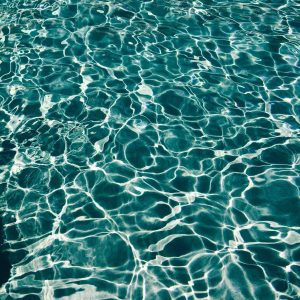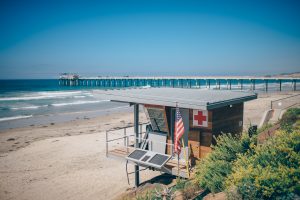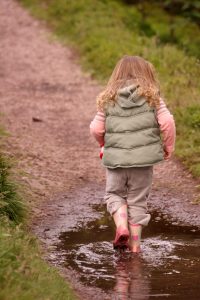As summer approaches in San Clemente and throughout Southern California, more families will be spending time at the beach and in neighborhood pools. While swimming can be a great summertime activity for children and adults alike, it is critical to remember that swimming also comes with serious risks of drowning injuries and deaths. Indeed, according to a report from CNN Health, drowning is the leading cause of death for children between the ages of 1 and 4, and nearly 400 kids under the age of 15, on average, die every year in drowning incidents in pools and spas. Adults, too, can sustain fatal drowning injuries if they are caught in rip tides or if they consume alcohol before boating or swimming.
With summer just a couple of months away, now is the time to refresh your knowledge of drowning risks to help prevent a drowning death this summer.
What Do You Need to Know About Drowning Risks?
 North County San Diego Injury Lawyers
North County San Diego Injury Lawyers











